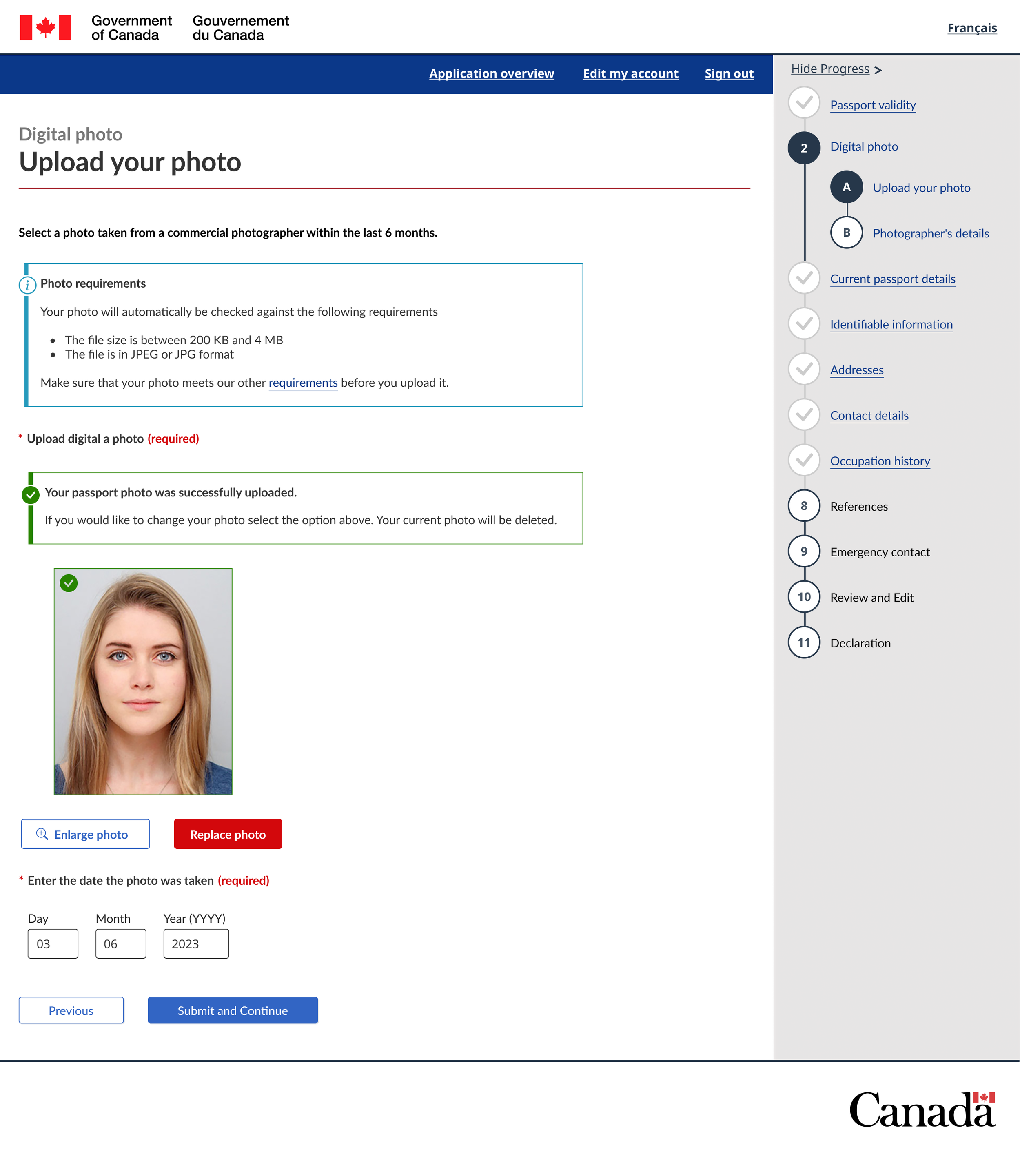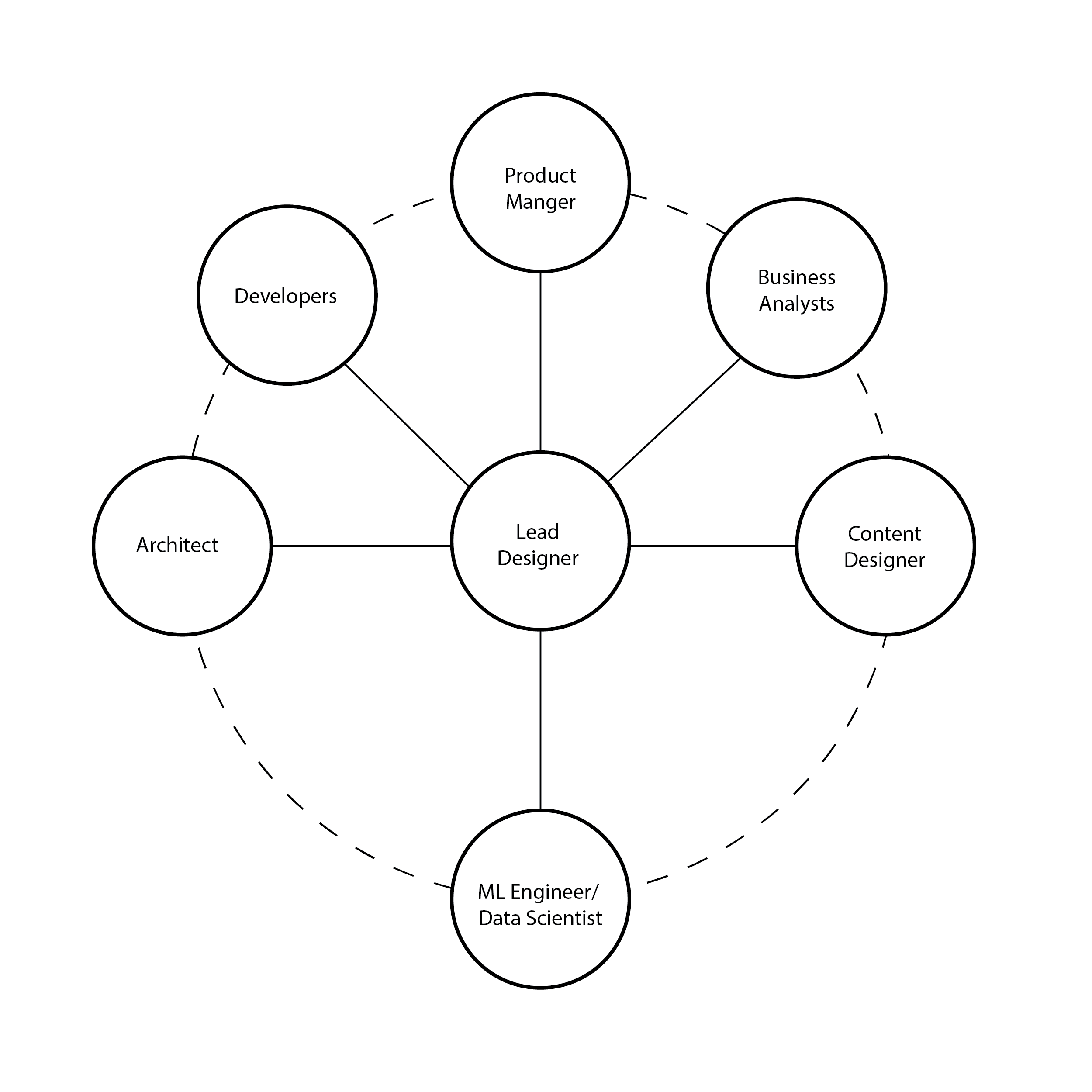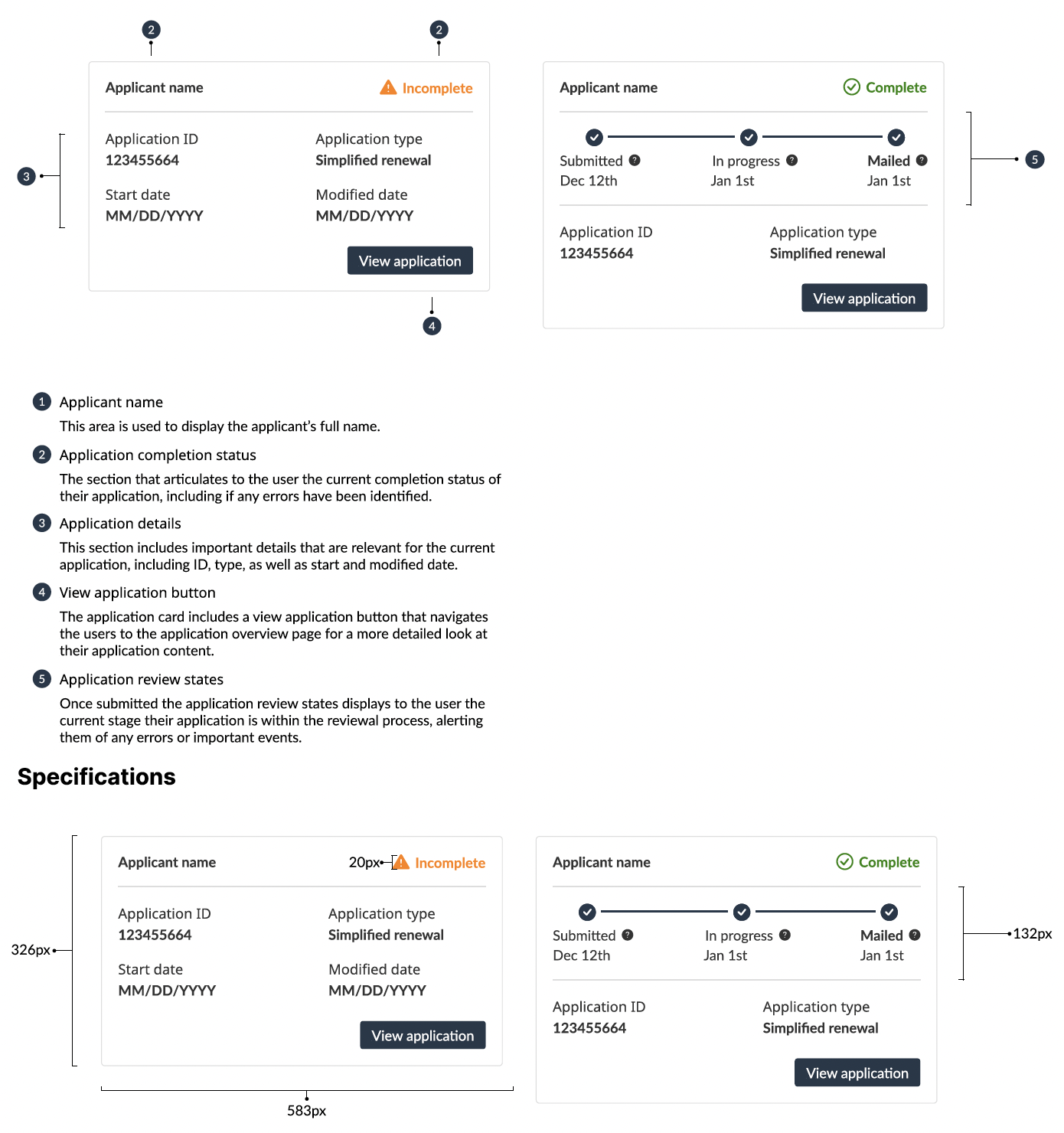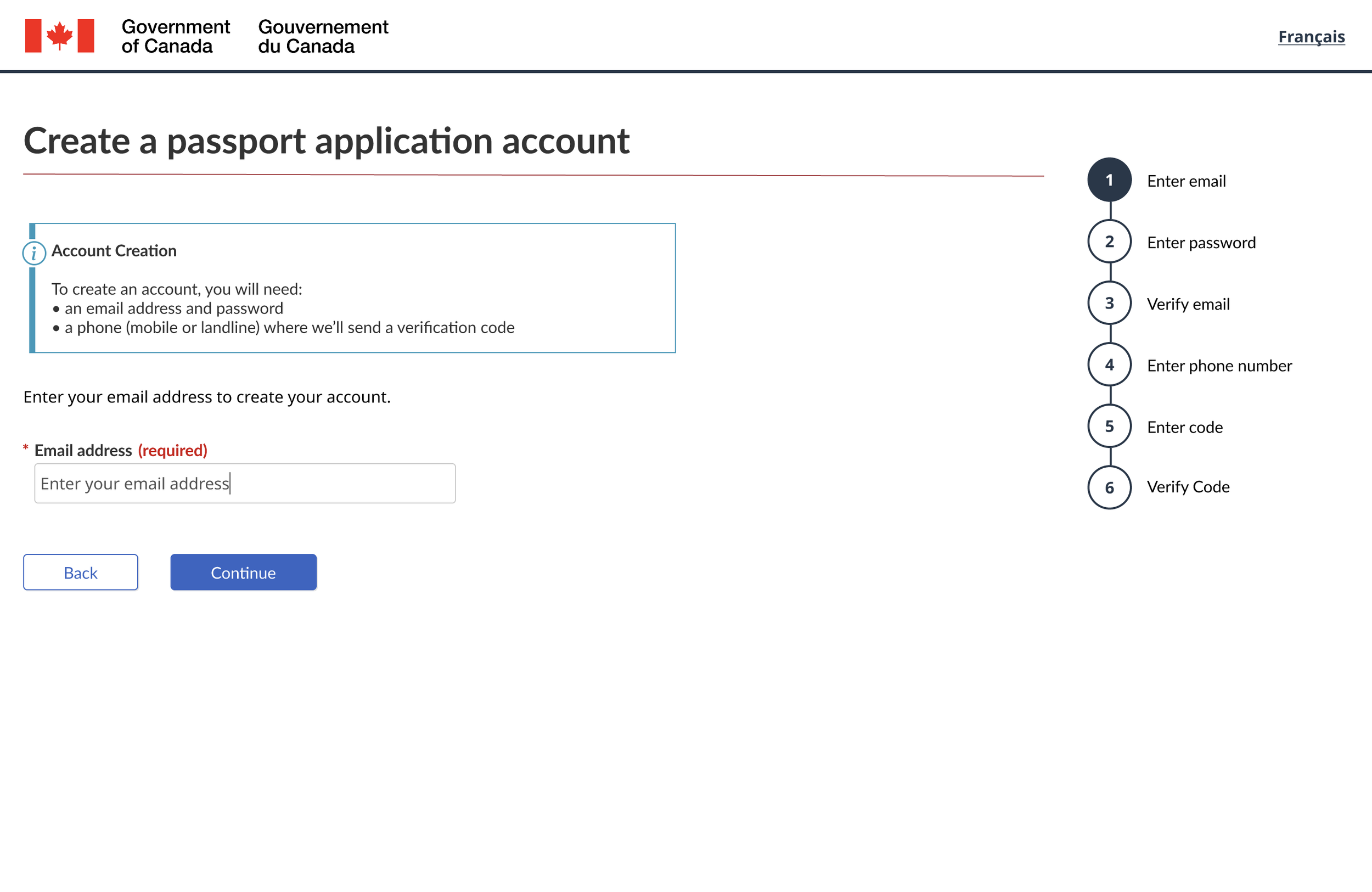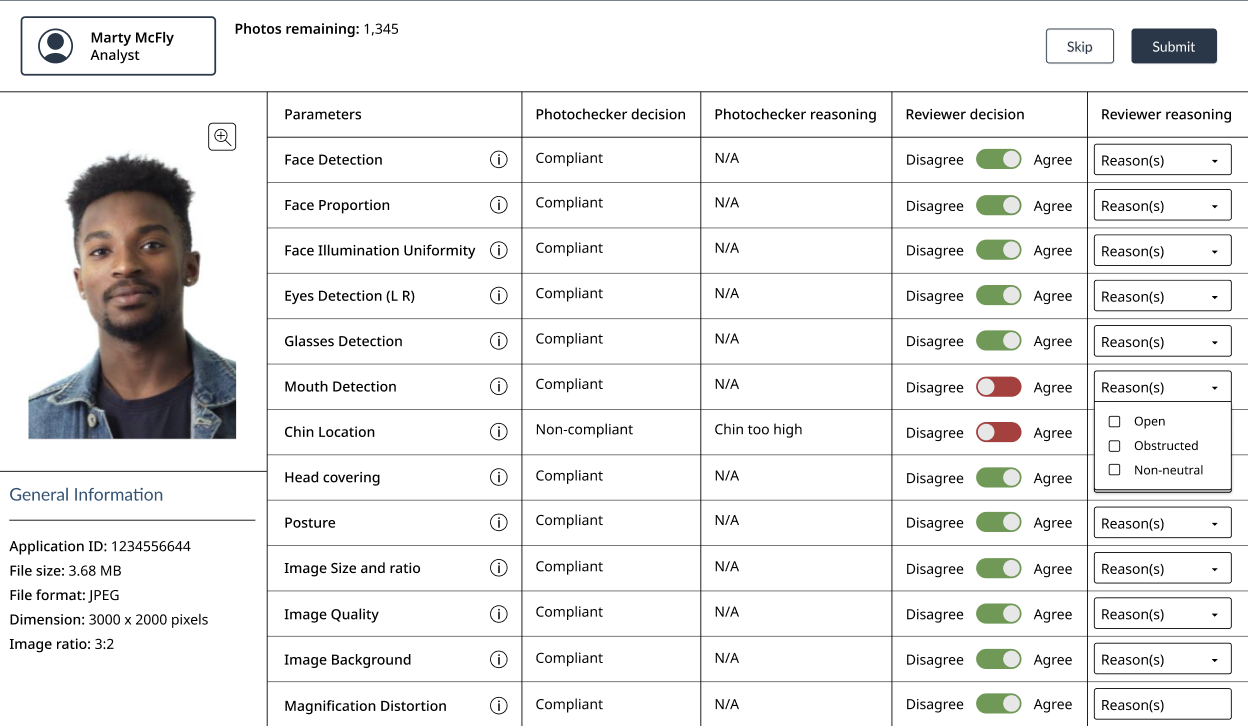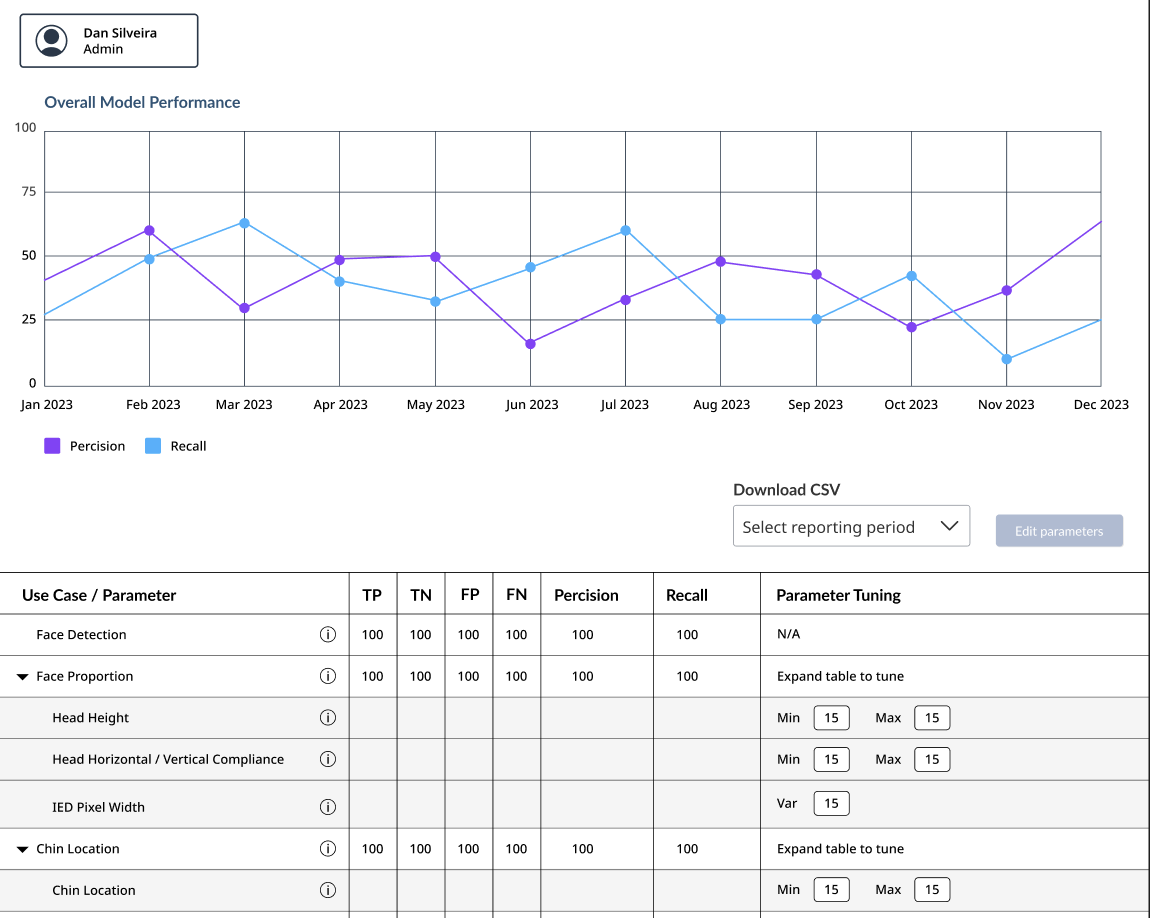Digital Passport Application
Digitizing the passport renewal process
Overview
Project Summary
With passport renewals surging, wait times at service centers have continued to grow, which led to the Government of Canada investing in developing a fully digital passport renewal application to streamline the process. This solution allows citizens to renew their passports from home, improving accessibility and convenience. A key feature of the system was a real-time computer-vision tool that automatically validated passport photos during submission, reducing errors and accelerating processing times. By digitizing the renewal process and implementing AI-driven technology, the government would enhance the user experience and optimize operational efficiency, significantly reducing manual workloads and service bottlenecks.
Business Objectives
Streamline Passport Renewal Process: Led the design and experience development of a fully digital passport renewal system, reducing service center wait times and providing a more convenient, user-friendly experience for citizens.
Implement AI-enabled Photo Evaluation: Implemented a computer-vision tool for real-time passport photo approval, enhancing the efficiency and accuracy of the renewal application.
Result
Working with a cross-functional team that included data scientists and data engineers, I was able to deliver a full end-to-end solution in both desktop and mobile aspect ratios. The finalized photo evaluation increased the speed for application completion while reducing the workload on service team members.
Tools
Figma, Jira, Mural. Keynote
Role
As the lead designer, I managed the entire product’s Jira workflow for design stories, advised on product strategy, coordinated with stakeholders, and delivered finalized designs for both the internal and external facing sides of the application.
Discovery & Research
Problem to solve
Wait times in Service Canada Centres have continued to increase year-over-year as a result of a growing number of Canadians needing to renew their passports during similar points of the year. To help resolve this issue for citizens, the Government of Canada reached out to IBM to build a full end-to-end web application that would allow people to quickly and easily renew their passports online. To do this successfully, the design of the application must be able to:
Build a simplified responsive design experience that would enable any Canadian to renew their passport online via desktop or mobile.
Design a layout that would accommodate both English and French translations of the content.
Enable citizens to upload a passport photo and have it evaluated in real-time by AI.
Allow citizens to pay using their credit card online.
Renew passports for dependents.
Adhere to the highest standard of accessibility criteria.
Landscape analysis
As we translated business requirements into user stories with well-defined acceptance criteria, I led a landscape analysis in collaboration with the PMs, BAs, and Designers. This involved researching online passport renewal services from other governments for benchmarking. During this process, we identified the New Zealand Government’s digital renewal tool as an ideal comparison, as it also uses computer vision technology to evaluate passport photos in real-time.
This analysis allowed us to uncover gaps in our own acceptance criteria, task flows, and content design, leading to critical improvements before moving into development.
Cross-functional team leadership
Building a government web application that incorporates artificial intelligence to automate processes required consistent communication with pod members throughout the project.
Early on, I identified the need for a central point of alignment to keep the team synchronized as we worked rapidly toward our business objectives, a role I assumed throughout the project. This included taking a lead in using Jira to document key decisions and ensure that all stakeholders had access to up-to-date information at every stage of development.
Design & Execution
Style guide + Design System
The Government of Canada has strict branding criteria that all new websites and applications must adhere to, though the look and feel can vary by department. For this project, one key requirement was to develop a comprehensive design system and style guide tailored specifically for IRCC to ensure consistency across all future applications.
We began by conducting thorough design research on the existing branding standards to guide our decision-making as we designed each component. The style guide clearly outlined the layout, structure, sizing, and variations for all components used in the passport renewal application, ensuring uniformity and adherence to branding guidelines.
Designing the application renewal experience
With one of the business objectives being to streamline the passport renewal process it was important to design an experience that was quick and efficient for citizens to complete when renewing their passport. However, this wasn’t the only criteria we needed to provide citizens with a good experience, we really needed to think about all Canadians and how their different scenarios and situations may mean we design the experience a bit differently to accommodate everyone.
This meant we needed to think about Canadians of different age groups, language skills, computer skills, and accessibility needs to ensure that any Canadian, no matter who they are can renew their passport online easily. This involved working with the accessibility team to make sure we met the established accessibility requirements and working with content designers to make sure the language that was being used could be understood by all citizens.
Designing the photo evaluation experience
Designing the internal-facing application required close coordination with the ML Engineers and Data Scientists to ensure that the AI model used for evaluating passport photos was feasible within the given time frame. Since the model needed extensive training to accurately assess whether photos met passport requirements, eliminating potential technical vulnerabilities was critical to prevent exploitation by bad actors.
Alongside the technical team, I also collaborated closely with the IRCC stakeholder team to create a process where humans would verify the AI's photo assessments until the model reached full confidence. This involved designing a user interface for employees to review the AI's analysis, as well as a page to adjust the model’s sensitivity for specific photo evaluation criteria. Developing these screens, alongside the computer vision functionality, was both challenging and rewarding, knowing how it would greatly accelerate the passport renewal process for citizens across the country if done right.
Impact
The online passport renewal web application is set to provide Canadians with a brand new experience that will make renewing a passport faster and easier than ever before while reducing wait times at physical locations, achieving their business and experience objectives.

